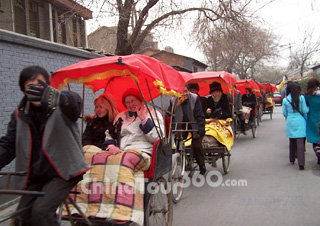 Hutong Tour
Hutong Tour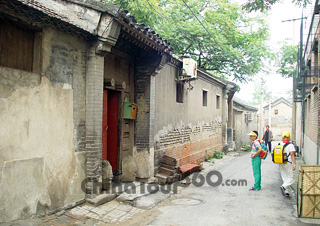 Beijing Hutongs
Beijing Hutongs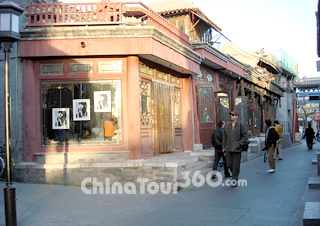 Yandai Xiejie
Yandai Xiejie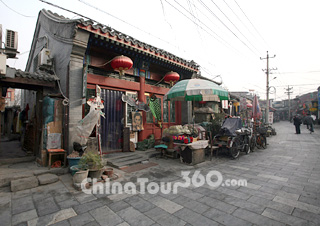 Old Beijing Hutongs
Old Beijing Hutongs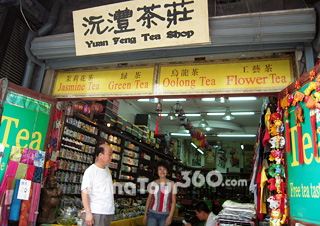 A Tea Shop
A Tea Shop An Antique Shop
An Antique Shop
No visit to Beijing is complete without an afternoon spent getting lost in the city's maze of ancient alleyways. Meaning 'lane' from the Mongolian hotlog and a leftover from the time the conquering Kublai Khan remodeled the city as his Yuan Dynasty capital Dadu, hutong life is one of the most charismatic sights in this fast changing city. Lining these backstreets are the large courtyard houses in which the city's nobility once lived. These were taken over by the blue-collar laobaixing (literally 'old hundred names', common people) when the People's Republic of China was founded in 1949, and are now the prettiest slums you'll see anywhere in the world. This walk starts at the south end of Nanluoguxiang and travels along some of the city's best-preserved backstreets.
Overcrowded, without indoor plumbing and, more relevantly, on prime downtown real estate – it has been easy for developers to make a case against hutongs and demolish many of Beijing's old neighborhoods to make way for the city's shiny new modern self.
Continue walking west along Gulou Dongdajie, a street lined with music and computer game shops, to the adjacent Drum and Bell Towers. Since the 13th century, structures at these sites have been the city's alarm clock, waking the court and military officials living nearby in time to receive their orders from the Forbidden City at dawn. It is possible to go up both towers, but, as the southernmost of the two, the Drum Tower has the best views over old Beijing. If you are passing in the evening, make sure to pop in Jiangjinjiu on the west side of the square. This intimate live music venue showcases some of the city's best folk and acoustic talent.
At the rear of the Bell Tower stands a small market square. It is just off Doufuchi Hutong, named after famed todu (doufu) maker Mr. Cheng who used to churn his curd here. From this square, turn right and potter along streets lined with large courtyard houses once inhabited by the nobility and currently being redeveloped as residence for the city's nouveau rich. Notice the large carved stones that sit either side of the doorways and the carved beam ends sticking out of the lintel above the door – the number of which used to serve as rudimentary tax bracket for the household. After about 15 minutes of going straight along Fensiting Hutong you will come out near the the Ningxia Hotel and onto Andingmennei Dajie.
Roughly opposite is a street spanned by an ornate gate; head down here to the Confucian Temple and Imperial Academy, which used to teach the works of ancient china's sage at Beijing's answer to the Ivy League. Past this and through another gateway is the Lama Temple, a functioning Tibetan Buddhist temple and must-see tourist attraction. Cross under the Second Ring Road (which follows the route of the old city wall), pass the Yonghegong subway stop and go over the old city moat to the South Gate of Ditan Park. Inside was once the Temple of Earth, which is twinned with the Temple of Heaven in the south forming the north–south part of the two axes along which Beijing is built, intersecting outside the Forbidden City. The peaceful park offers some great people watching and is a fine place to kick back after your city safari.








